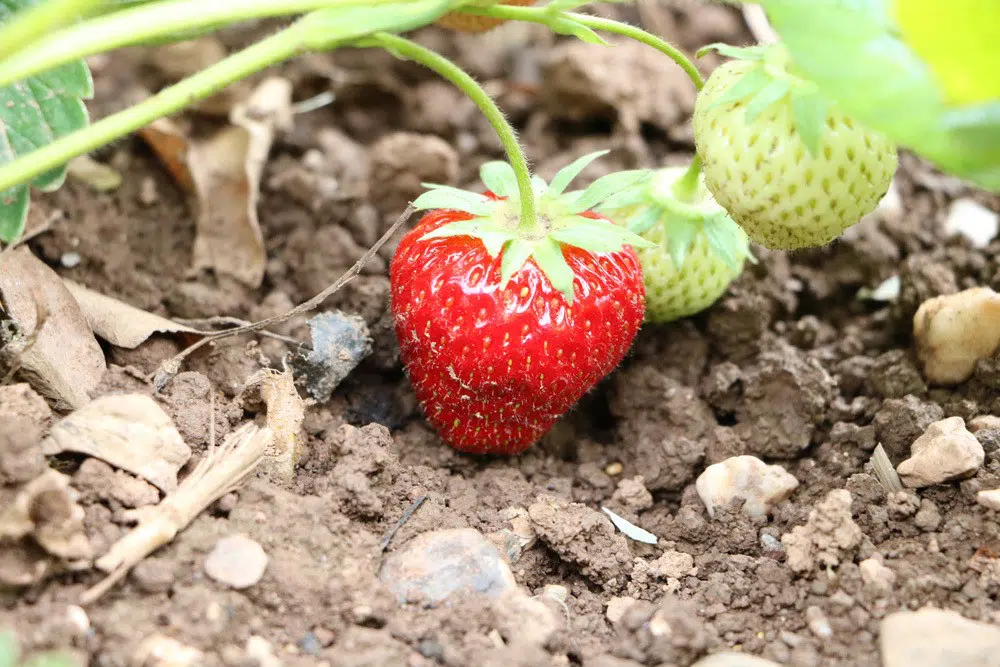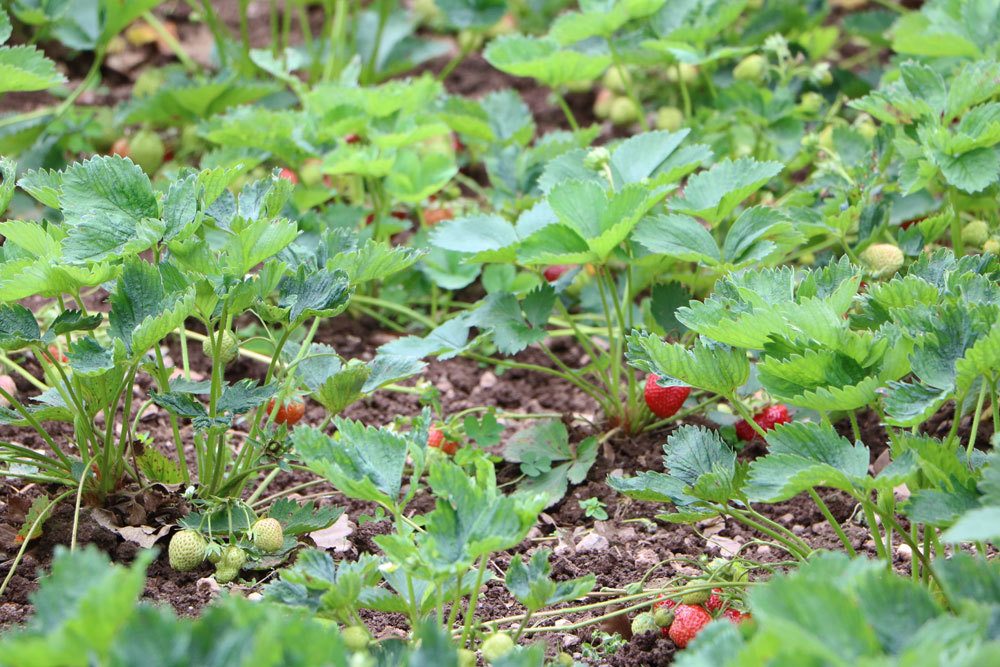Each individual garden forms a biotope that is constantly changing. The constant change makes the hobby so interesting for many people. Those who thought they had planned their garden design down to the last detail are usually disabused after a while. Suddenly a plant is too shady or does not fit into a mixed culture. Sometimes boredom tempts the gardener to transplant a plant. If the gardener pays attention to the right time of year when transplanting, the plants usually cope well with the change of location. But when and how should the gardener transplant strawberries?
Contents
Transplant strawberries
The main factor for transplanting a strawberry plant is how big it has grown in the meantime. Once the gardener has planted a strawberry in the bed, it is quite unusual to move it. Only in the case of very poor growth, for example, because another plant disputes the supply of light or nutrients, he should consider changing the location. However, there is one exception: during fruiting, the strawberry puts a lot of energy into the nuts (from a botanical point of view, strawberries belong to the nut fruits). After harvest, these energy stores are missing, so the plant is weakened. In the short term, fertilizer supports further development.
However, fertilizer application affects the nutrient content and pH of the soil, so long-term treatment is not recommended. To prevent the strawberry from producing only measly fruit after a few years, a one-time transplant is advisable. At the new location, sufficient nutrients are then available again.
However, it should be noted that transplanting the strawberry takes a lot of energy.
In addition, strawberries form runners, which the gardener should move in any case. Thus, on the one hand, he manages to multiply his plant in the long term, and on the other hand, continue to ensure the healthy growth of the mother plant.

Note: For successful propagation gardener should propagate only the most vigorous offshoots. The closer an offshoot grows to the parent plant, the higher the chances of successful reproduction.
Timing
The age or the previous rearing of the plant also plays a fundamental role in the timing. Purchased strawberries are best planted in the bed in March. Until the flowering period, the plant has enough time to form roots and will most likely bear fruit in the same year. The same applies to growing your own by sowing seeds. If you miss the time in March, you can still plant a strawberry in the ground in May without hesitation. However, the gardener can then no longer expect fruiting.
Strawberry plants in the first year of stand costs too much strength to change location. Probably, these subsequently died.
The gardener transplants the above-mentioned offshoots in late summer. Already after the harvest on the mother plant begins to prepare for the removal of shoots.
Accordingly, within a year there are many times to transplant a strawberry.
But when does transplanting harm the plant?
It is not advisable to change the location in November. At this time of year, the plant needs enough energy to prepare for winter and, consequently, could not form roots in the new place. The same applies to flowering and fruit-bearing strawberries.
Transplant strawberries: Instructions
Location
- sunny
- slightly acid soil
- humus soil
- loose soil
- nutrient-rich
If the location meets the above criteria, the gardener must also clear the bed of weeds. Then he digs up the soil and enriches the soil with compost or horn shavings.

Note: Preparation of the soil should be completed four weeks before the planting date. Strawberries do not like freshly worked soil. In addition, it is important to adhere to crop rotation. Neither potatoes nor strawberry plants should have grown in the chosen location four years earlier. Since both crops are heavy feeders, the soil is then already depleted. The new plant cannot provide itself with sufficient nutrients.
Planting distance
When planting several plants, it is advisable to create rows. Ideally, there should be about 80 cm between each row. This leaves enough space for the gardener to enter the bed when harvesting. Between the individual strawberry plants should be at least 30-35 cm.
In addition, it has proven useful to cover the soil with straw. On the one hand, the layer protects the delicate roots from frost in winter. Furthermore, the moisture in the soil does not evaporate as quickly. There is also an advantage in terms of harvesting: since the fruits do not rest directly on the sandy soil, they are almost free of dirt after picking.
- Transplant strawberries
- Select offshoots
- Dig clay pots into the ground next to the mother plant
- Put the cuttings into the clay pots
- Cut off the connection to the mother plant
- Fill the tray with water
- Place clay pots with cuttings in it
- dig planting holes in the new location
- Put the cuttings in the holes
- fill with soil
- water
Note: Place the seedlings deep enough in the soil so that the heart buds rest on the surface.

